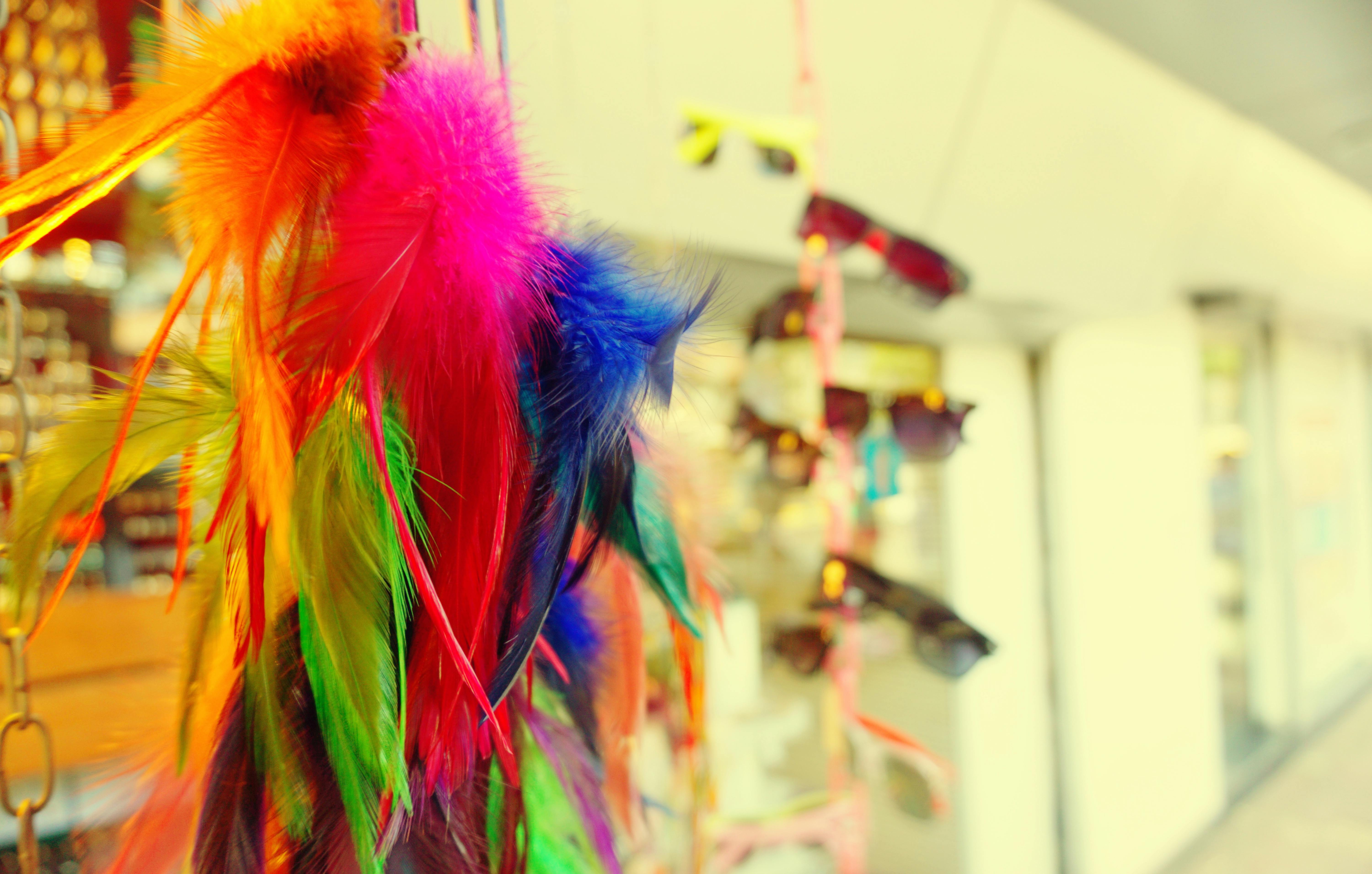
Celtic dagger: a symbol of war
celts at war
Almost every society in history had its warriors, the Celts were no exception. The Celts drew their warriors from the middle and upper classes and it was they who fought while making use of the free poor classes to drive their chariots.
Celtic warriors lived for war. Boasting their victories in gory detail was part of the warriors’ rituals. It was also not unusual for warriors to fight amongst themselves and in fact considered this an important part of their lives.
The Celts were famous for bringing home trophies, particularly the heads of their enemies, earning them the title of head hunters. After the battle these heads were displayed at the entrance to their places of worship, many also dedicated their enemies’ weapons to the gods by throwing them into a river or lake after the battle. Today thousands of guns have been dredged from Lake Neuchâtel in La Tene.
Celtic chieftains, along with the wealthiest Celts of the day, wore armor and rode before battle in full view of their army, banging their weapons against their shields as they loudly proclaimed their great deeds. This practice was also designed to challenge your enemies in single combat. They must have been a terrifying sight dressed in furs and decorated with blue tattoos. It was also not uncommon for warriors to go into battle wearing nothing but blue dye, covered in Celtic artwork, naked as the day they were born.
Celtic weapons evolution
Celtic warriors are known to be great swordsmen and would wield them over their heads in battle, turning and slashing from side to side, then down on their enemies as easily as if they were cutting through a piece of wood. Using their daggers and swords in this way absolutely terrified their enemies and earned them a reputation as formidable opponents in war.
Dagger
To understand the dagger, one must first explain how the Bronze Age influenced the weapons of that time. Celtic swords were primarily the weapon of choice during this era, indicating that warfare may have been fought on a small scale between elite warrior groups. The Iron Age influenced the classic Celtic longswords with their characteristic bladed blade design.
The long sword fell out of favor among the Celts with changing patterns of warfare and the short thrust daggers made their appearance, evident by the large number of them found in the graves of those warriors buried in high status burials.
Longswords became shorter, single-edged, and lacked the pointed tip so common on swords. These daggers were primarily designed for slashing, although some were used for slashing. Swords in Britain and Ireland became shorter and thinner and with increasing Celtic populations, changing warfare and larger armies the lancer began to gain importance resulting in decreased functionality of swords. the dagger and the sword.
roman writings
The Greeks and the Romans were the first civilizations to face the main threats of the Celtic invaders. It was these civilizations, whose thoughts shaped the history we know today and whose writings helped create an image of the wild ferocity of the Celtic warrior that persists today, yet it was the Roman Empire that ultimately conquered this great nation of warriors.
There is no mention that the Celts fought en masse with daggers, their weapons of choice included javelins and arrows and their defense strategies involved fighting in close order to form a defense against advancing Roman cavalries, in fact Caesar wrote about this and they used their daggers in hand-to-hand combat, something they were very skilled at.
Celtic warriors used swords and daggers as early as 280 B.C. C. when Brennus led his Celtic tribes against Greece. It is interesting to note that Brennus originated from a region of Senones that later became famous for its production of high quality steel which they used to form their weapons.
During this invasion of Greece, a large part of this Celtic army turned to the east, where they eventually founded Galatia and produced a source of mercenaries throughout this Mediterranean area, represented by illustrations showing troops armed with daggers and oval shields. This image is one that is still used today to commonly represent the Galatians.